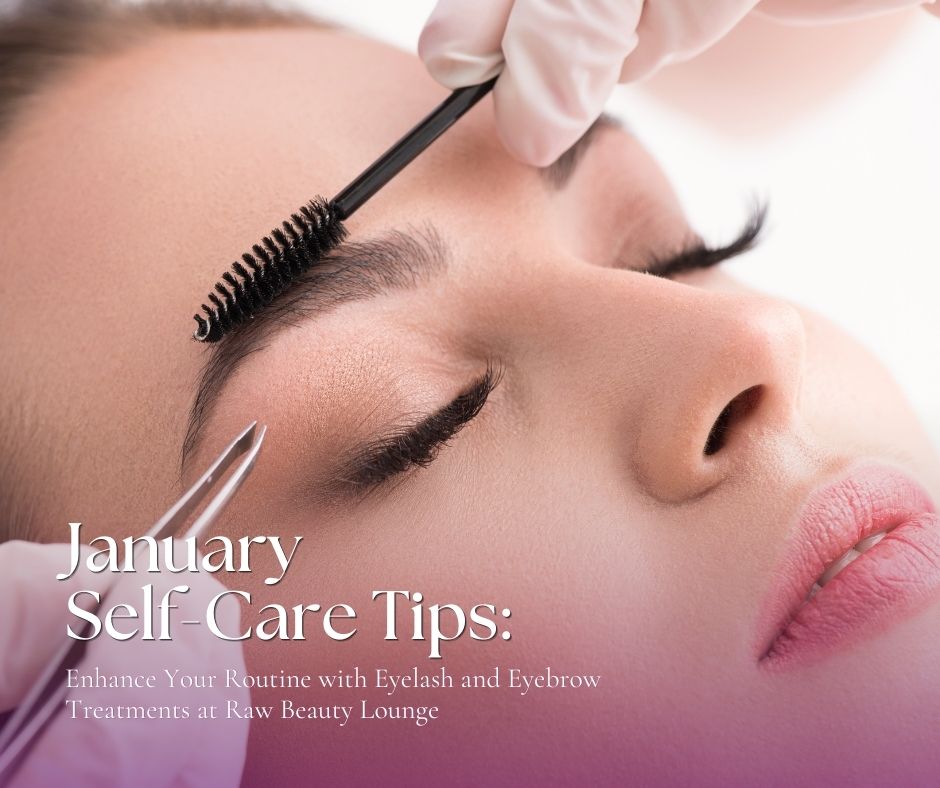Most people that visit mattress stores in Orange County are looking to purchase quality bedding that will promote deep, restful sleep. Sleep is important for many biological and psychological reasons. During sleep, our bodies can heal overworked muscles, organs, and neurotransmitters. When we skip out on the necessary 7 hours of sleep, we risk the development of serious health conditions.
The right amount of sleep can be difficult to achieve, especially for those who suffer from allergies. Sleep experts at the Orange County mattress stores know that allergies do not go away when you lay down to fall asleep. In fact, many people are kept up with itchy eyes, stuffy noses, and constant sneezing. Whether you are affected seasonally or all year long, it can be difficult to achieve an allergen-free environment without spending all your time cleaning.
Fortunately, there are quality products that are made to eliminate allergens in the bedroom to promote better sleep. Sleep experts recommend for those who typically experience allergic reactions to switch their bedding. Comforters, sheets, pillows, and pillowcases can all be made with hypoallergenic materials.
You can find hypoallergenic bedding that is made from materials like memory foam, synthetic polyester, or cotton. Memory foam and synthetic polyester are anti-microbial, meaning that they do not accumulate dust mites or mold. Sometimes, these materials are combined to make pillows or mattress pads. Cotton is a naturally hypoallergenic material that is also easy to maintain. When you buy bedding with these kinds of materials, you will have the advantage of decreasing your allergy symptoms at night, allowing you to gain better sleep.
Although it may not be fun to think about dust mites, pollen, mold, and bed bugs, it is important to understand how they cycle into your room so that you can strategize how to eliminate them. All of these allergens can affect your quality of sleep negatively.
Springtime is usually the worst season for people with allergies. With more pollen in the air, attaching to our clothes and hair, it is hard to avoid the accumulation of allergens. In order to avoid springtime allergy triggers, it is important to take certain preventative measures and adopt certain habits of cleanliness.
Hypoallergenic bedding is especially helpful for decreasing your natural exposure to allergy-causing microbes. Every day we shed skin cells that can attract dust mites to our places of rest. Many people experience allergic reactions to these tiny bugs.
Mold is another allergen that hypoallergenic bedding can protect against. Long-term exposure to mold is dangerous even to people who do not experience allergic reactions. It can lead to fever symptoms and difficulty breathing the more you let it infiltrate your bedroom environment.
If you can pinpoint the source of your allergy triggers, that can help you know what areas to focus on for your hypoallergenic efforts. However, it won’t hurt to replace most of your bedding with materials that will eliminate the risk of these allergens.
Mattresses can be difficult to clean, especially if you have had one for a long time and haven’t made an effort to maintain it in the past. Many sleep experts will recommend buying a mattress pad, topper, or protector in order to cover the surface of your mattress. If you are using it on an old mattress, this will protect you from allergens that have accumulated on the surface. If you are using it on a new mattress, then it will prolong the life of your mattress and keep it free from dust and dirt. Some people with more intense allergies might consider buying mattress covers that protect the box springs as well. These mattress accessories can prevent you from having to worry about cleaning those hard to reach places. When you are looking to buy a mattress cover, you should consider a product that you can easily remove and wash when necessary. You may even consider having two sets in order to switch them out for convenience.
When you are switching over to hypoallergenic bedding, don’t forget to think about your pillows. Pillows that are filled with feathers or down can cause serious allergic reactions because of dander. So, you will want to look into materials like memory foam, polyester, or latex. One of the benefits of latex pillows is that they are often machine washable, along with maintaining their plush yet supportive form.
Comforters and duvets can also be made with feathers or down, which is why it is important to pay attention to the materials used in each product. Comforters made with wool, silk, or organic cotton are an excellent alternative. Make sure to pay attention to thread count as well. The higher the thread count of your bedding and the tighter the weave, the more protection you have against tiny allergens that might wedge themselves inside your bedding.
For hypoallergenic sheets, look for organic cotton—a light, breathable fabric that you can easily wash to remove any accumulation of dust mites. You want to wash your sheets even more regularly than your comforter because they are in direct contact with your body every night. If your skin is sensitive to man-made cotton, consider natural fiber alternatives that avoid chemicals and other synthetic irritants.
Purchasing hypoallergenic bedding is a great way to reduce your allergy symptoms and get better sleep. Below, we have listed a few other tips to decrease allergen risk from your bedroom:
- Don’t allow pets to sleep in your bedroom.
- Shower every night to remove allergens from the day.
- Wash sheets once a week.
- Avoid inflammatory foods and beverages before bed (ex. alcohol).
- Use a dehumidifier.



